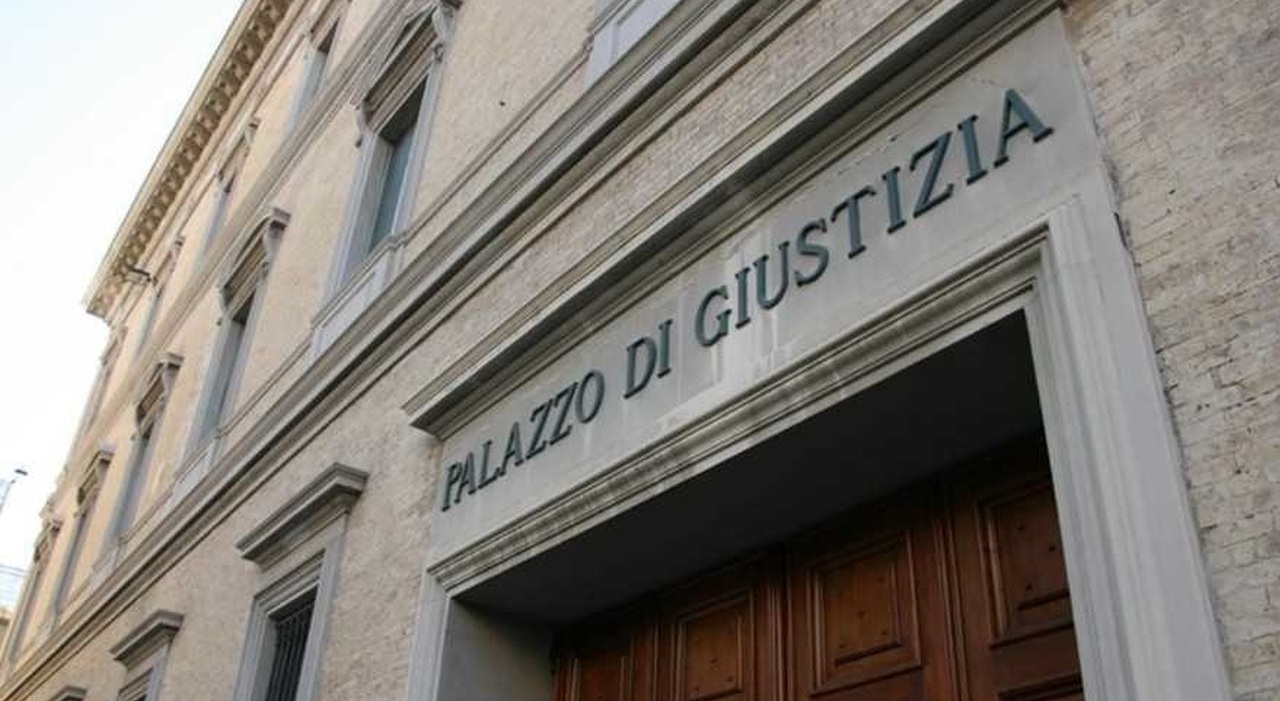All decorations are painted in acrylic and have a connection to the local landscape near Borgen in Asker. It is as if the artist has brought the surrounding nature and allowed it to have a place in the building.
Typically, Wanthiang uses archival images as a starting point in her working process, whether she took them herself, in Thailand where she grew up or on various travels, or found them in photo books or on the Internet. But for Sundre Borgen Health Centre, a different approach was necessary. Here the artist got acquainted with the nature of the region.
Recognizable landscape
The murals are inspired by nature in Semsvannet, Svartputt, Solli Gård and Lille Sandungen, but there is no doubt about their realistic reproduction. The scents, colors and moods of the landscape are a starting point. For those of us who have walked a lot in these landscapes, they feel recognizable. We think we sense a ridge, a group of trees, a slope and winding lines in the landscape.
The artist uses the so-called floating perspective, which is particularly prevalent in Asian pictorial traditions. Instead of a fixed perspective from one point, such as linear perspective, the composition becomes changeable. Multiple viewpoints become valid, and there is no single correct way to read the image. Thus different scenes or events can unfold at the same time, and it is up to us to navigate. Thus, as viewers, we become more active. We are the ones who determine the entrance as a whole, where the eye should wander and what it should stick to. It is as if the image looks a little different every time we look at it, depending on how we choose to see it. This flexible perspective means that different parts of the image become equally important. The image space becomes a non-hierarchical space.
Under the treetops
When we enter the Sundre Borgen Health Centre, we also enter a room in the forest. The dense spruce forest embraces us, so to speak, as we enter the windbreak. The red forest floor stretches out before us, and between the tall fir trees the light falls and makes the colors sparkle. The room in the forest is painted on birch plywood. Carvings directly into the wood creates a rich embossing on the surface.
In the waiting room, on the same floor, there is little natural light. What was once a solid gray concrete wall has been transformed into a window open to the world: a weave of elongated stems, painted with light, light strokes, stretching from floor to ceiling. The artist gets very close to the subject, so we can see the pattern in the different papers. These plants are also native, but the subject matter is so abstract that it is difficult to identify the plants depicted.
As we move to the highest floors of the Sundre Borgen Health Centre, it is as if we are following a path through the forest, which winds in unexpected directions. Fir trees stretch high into the sky, sunlight playing in the tree crowns. The murals contain countless variations of green and red shades. Light flows through certain parts of the plant, while other parts pass into deep darkness.
The dining rooms on the second and third floors have their own large mural. The first shows a house on a grassy hill, surrounded by black, red, orange and green forested hills. There is something mysterious and adventurous about this deserted landscape reflected in the tranquil lake. The second mural has no horizon, we adopt a kind of oblique bird's eye view. We look down on a turbulent body of water surrounded by lush vegetation where insects and animals live their secret lives. The wind creates wild curves in the water's surface, transforming it into an abstract pattern of green, black and yellow.
once upon a time
She said the title “Try Walking Backwards” has an appeal that has many layers. Is it about trying new approaches to life? Or should we understand the title in a more metaphorical sense, where we are invited to dream back in time? These murals may evoke associations with the recurring beginnings of fairy tales: “Once upon a time…”, where we are transported to places where time no longer exists. And where time can no longer determine what is possible either.
Text: Halvor Haugen and Nina Mauno Schjoensby / Tekstbyrået
the biography
Apicaya (Pia) Wantiang (b. 1987) is a visual artist trained at Sint-Lucas in Brussels and at the Academy of Fine Arts in Bergen. Through various media such as painting, sculpture and installation, she studies the influence of our surroundings on how we perceive and interact. In recent years, she has had extensive exhibition activities, with solo exhibitions at MUNCH, Gallery Brandstrup and UKS in Oslo, as well as BGE Contemporary in Stavanger and Kristiansand Kunsthal, among other venues. More recently, she has also executed two large-scale decorations at the Norwegian University of Environment and Life Sciences in Ås, and the new Ruseløkka School in Oslo, respectively.
Details about Søndre Borgen Health Centre
Read about the expansion project
- Artists: Apicaya Wantiang and Peder Estad
- Creator: Askar Municipality Against Project and Development (PRU)
- structural engineer: AFRY Ark Studio
- Landscape architect: Norconsult
- contractor: Road cover
- Title: Sonder Borgen 16, 1388 Questioner
Members of the technical committee:
- Project managers Lars Hanstensen (PRU) and Jørn Forbord (Prodecon)
- Municipal Technical Planner Technical Advisor Vibeke Hermannrod Asker
- Ruth Haig Halstensen, technical advisor at the startup
- Architect Bente Engen from AFRY Ark studio
- Landscape architect Hilda Aufsthus of Norconsult
- Users Mariel Andersen, Toril Felseth and Helle Lövstad Knutsen from Sundre Borgen Health Center

“Explorer. Unapologetic entrepreneur. Alcohol fanatic. Certified writer. Wannabe tv evangelist. Twitter fanatic. Student. Web scholar. Travel buff.”



